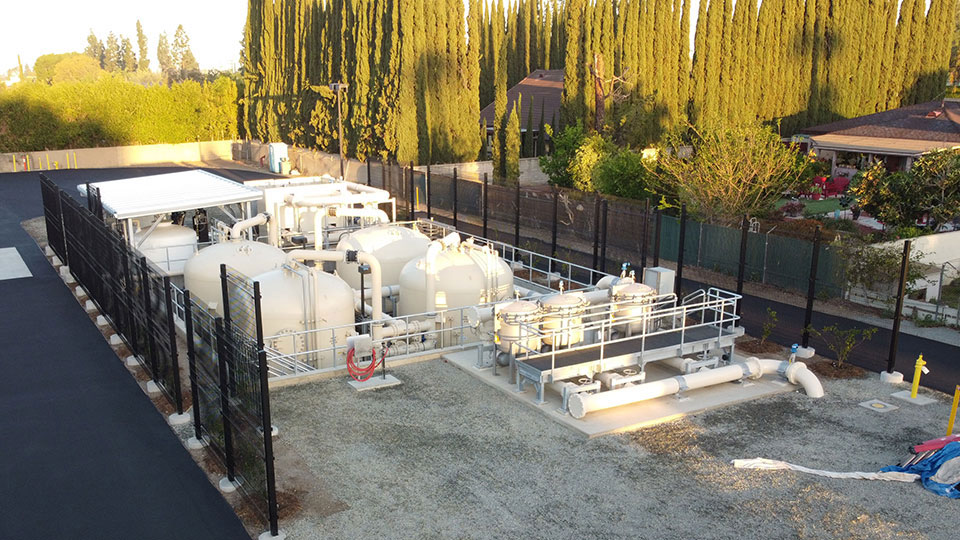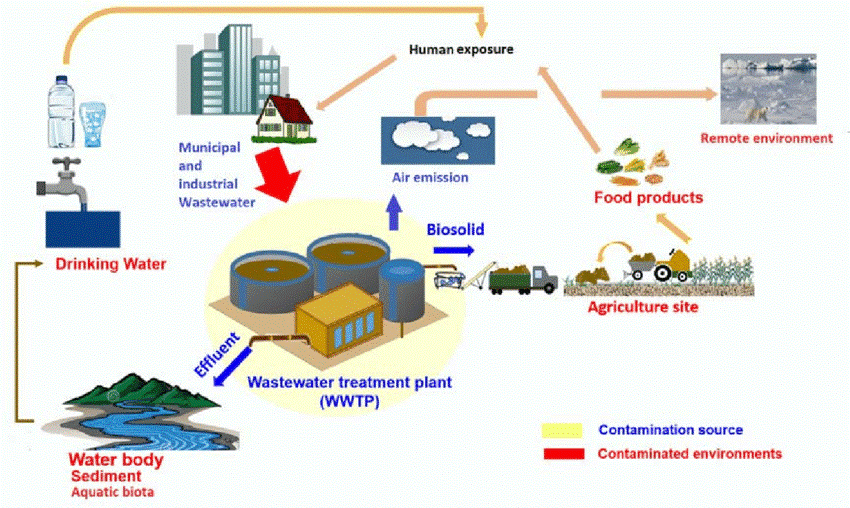Advanced Methods for Reliable PFAS Contamination Elimination
The persistent obstacle of PFAS contamination necessitates the exploration of innovative removal techniques that can successfully address these damaging compounds. Ingenious innovations, such as innovative oxidation processes and different adsorption techniques, have actually emerged as encouraging remedies in mitigating PFAS from impacted environments. The function of regulative structures in forming these modern technologies can not be ignored, as they determine the pace and direction of removal initiatives. As we analyze these innovative approaches, it becomes vital to evaluate their practical applications and the broader ramifications for ecological wellness and plan.
Comprehending PFAS Characteristics
Although per- and polyfluoroalkyl compounds (PFAS) have been commonly made use of in different industrial and customer products because of their one-of-a-kind homes, their determination in the environment presents significant difficulties to public wellness and security. PFAS are a team of synthetic chemicals defined by a carbon-fluorine bond, one of the strongest chemical bonds recognized, which adds to their outstanding security and resistance to degradation. This stability allows PFAS to gather in the environment and living organisms, resulting in possible damaging wellness effects.
The hydrophobic and oleophobic nature of PFAS makes them especially efficient in applications such as non-stick layers, stain-resistant textiles, and firefighting foams. However, these exact same homes add to their environmental determination, as PFAS do not conveniently break down through natural procedures. Moreover, their prevalent use has caused common contamination of water resources and dirts, making complex remediation initiatives. Recognizing the chemical buildings of PFAS is important for establishing reliable strategies to manage and alleviate their ecological influence. The unique attributes of these compounds require a nuanced technique to resolve the challenges posed by their existence in ecological communities and potential human exposure.
Cutting-edge Removal Technologies
The persistence of PFAS in the environment has stimulated the advancement of ingenious remediation innovations focused on successfully removing these contaminants from impacted ecological communities. Among the most promising methods are advanced oxidation procedures (AOPs), which utilize powerful oxidants to break down PFAS substances right into much less dangerous compounds. AOPs can be tailored to target specific PFAS frameworks, boosting their effectiveness.
Another arising innovation is the use of adsorption media, such as turned on carbon and ion exchange materials, which can precisely catch PFAS from contaminated water. These products have actually shown significant removal efficiencies, although periodic substitute and regeneration are required to preserve performance.
Membrane purification strategies, consisting of reverse osmosis and nanofiltration, are additionally gaining traction in PFAS removal. These approaches can properly divide PFAS from water, giving a sensible option for treating contaminated sources. In addition, thermal treatment approaches, such as incineration, can disintegrate PFAS into safe by-products, though they need cautious administration to manage exhausts.
Jointly, these ingenious remediation technologies represent considerable advancements in the continuous fight against PFAS contamination, supplying various methods to restore afflicted atmospheres and secure public health.

Bioremediation Strategies
Bioremediation techniques use an appealing technique to resolving PFAS contamination by using the all-natural abilities of microbes to break down these persistent compounds (m270 waste management). This approach entails making use of microorganisms, fungi, and various other microorganisms that can metabolize or change PFAS compounds right into much less damaging results
Current improvements in molecular biology and ecological microbiology have actually boosted our understanding of microbial areas and their potential functions in PFAS destruction. Scientists are proactively checking out specific strains of bacteria, such as Pseudomonas and Bacillus, which have actually shown the ability to break down certain PFAS substances.
Sitting bioremediation techniques, where microorganisms are boosted straight in contaminated atmospheres, can be specifically effective. This technique usually includes the application of nutrients or electron see it here benefactors to promote microbial development and activity. Additionally, ex situ methods, such as bioreactors, permit controlled conditions that can enhance degradation prices.
Regardless of the assurance of bioremediation, challenges stay, including the complicated nature of PFAS read this article compounds and the requirement for comprehensive area screening - m270 waste management. Continued research and advancement will certainly be essential to refine these strategies and evaluate their performance in diverse ecological contexts
Adsorption and Purification Approaches
Attending to PFAS contamination typically includes utilizing adsorption and filtration techniques, which are made to remove these persistent chemicals from water and dirt. Amongst the numerous strategies, turned on carbon adsorption is extensively used due to its high surface location and porosity, allowing efficient capturing of PFAS particles. Granular turned on carbon (GAC) systems are specifically favored for dealing with big quantities of infected water, while powdered activated carbon (SPECIAL-INTEREST GROUP) can be utilized for smaller-scale applications.
Ion exchange materials likewise reveal promise in PFAS removal, working by exchanging PFAS ions with much less harmful ions in the water. This technique has shown effectiveness in focusing PFAS substances, facilitating their succeeding removal. Additionally, membrane layer filtration methods, such as reverse osmosis and nanofiltration, operate by utilizing semi-permeable membranes to separate PFAS from water, effectively reducing their concentrations.
While these techniques work, they have to be meticulously chosen based on the certain PFAS compounds present and the ecological context. Constant advancements in materials scientific research and design are causing the growth of novel adsorbents and filtering systems that boost elimination efficiencies and decrease operational expenses, therefore boosting total remediation initiatives.
Regulatory and Policy Factors To Consider
How can efficient regulative frameworks improve the management of PFAS contamination? Extensive policies are vital to make sure a collaborated and robust action to the difficulties presented by per- and polyfluoroalkyl compounds (PFAS) Laws can establish clear standards for monitoring, reporting, and remediating PFAS-contaminated sites, fostering accountability among sectors and public entities. (m270 waste management)

On top of that, financial rewards and grants can be incorporated into plans to urge the adoption of innovative removal technologies. Policymakers ought to likewise prioritize r & d, making certain that emerging approaches for PFAS elimination are validated and implemented efficiently.
Moreover, public understanding and involvement are crucial parts of any type of regulatory technique, encouraging areas to support for their health and wellness. Eventually, a well-structured governing setting will not just boost the management of PFAS contamination but likewise promote sustainable practices that protect future generations.
Conclusion
In summary, the complexity of PFAS contamination necessitates the fostering of sophisticated removal techniques. Proceeded research study and development in this field continue to be vital to dealing with the obstacles positioned by PFAS contamination.